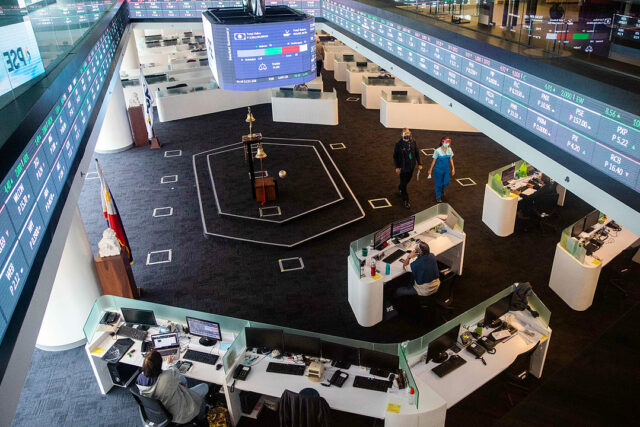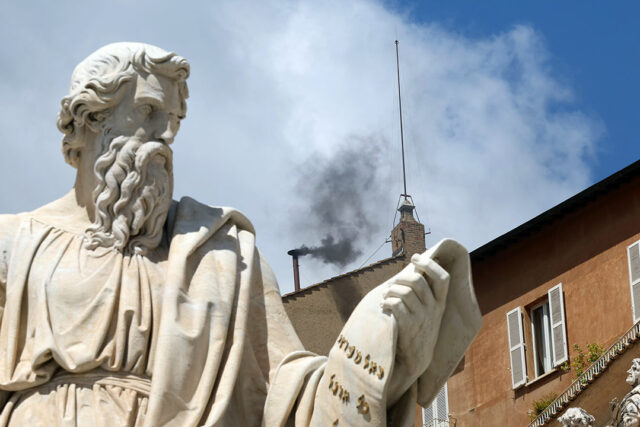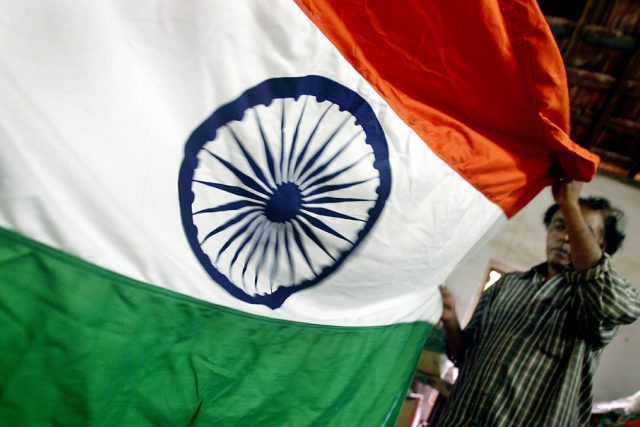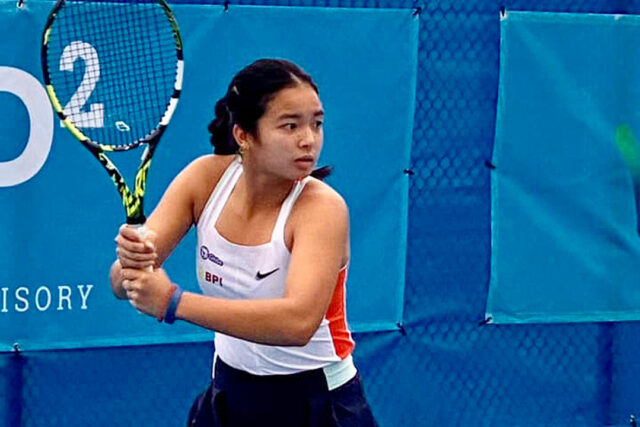Shares drop on weaker-than-expected GDP data
STOCKS DROPPED on Thursday due to weaker-than-expected Philippine gross domestic product (GDP) growth last quarter and after the Federal Reserve warned of potential risks to the US economic outlook amid the Trump administration’s shifting policies.
The Philippine Stock Exchange index (PSEi) fell by 1.17% or 75.96 points to 6,389.49, while the broader all shares index went down by 0.74% or 28.03 points to 3,740.35.
“The local market went down as investors digested the Fed’s decision to keep policy rates unchanged and its gloomy outlook for the US economy amid President Donald J. Trump’s tariff policies,” Philstocks Financial, Inc. Senior Research Analyst Japhet Louis O. Tantiangco said in a Viber message. “Investors also dealt with the Philippines’ first quarter 2025 GDP data, which posted a growth of 5.4%, below the government’s full-year target of 6% to 8%.”
“Philippine investors sold on profit as the first quarter GDP came out at 5.4%, while other investors digested the implications of the latest Federal Open Market Committee meeting,” Regina Capital Development Corp. Head of Sales Luis A. Limlingan said in a Viber message.
The Federal Reserve held interest rates steady on Wednesday but said the risks of higher inflation and unemployment had risen, further clouding the US economic outlook as its policymakers grapple with the impact of Mr. Trump’s tariffs, Reuters reported.
At this point, Fed Chair Jerome H. Powell said it isn’t clear if the economy will continue its steady pace of growth, or wilt under mounting uncertainty and a possible coming spike in inflation.
The Fed’s policy statement, which held the benchmark overnight rate steady in the 4.25%-4.5% range, noted that since the central bank’s last meeting in March “uncertainty about the economic outlook has increased further,” and that risks were increasing that both inflation and unemployment could increase.
Meanwhile, the Philippine economy expanded by 5.4% year on year in the first quarter, faster than the 5.3% GDP growth seen in the fourth quarter. This was slower than the 5.8% median forecast of 15 economists in a BusinessWorld poll and the 5.9% growth posted in the same quarter last year.
All sectoral indices closed in the red on Thursday. Holding firms declined by 2.01% or 108.86 points to 5,282.78; mining and oil sank by 1.98% or 192.52 points to 9,528.96; property went down by 1.64% or 37.64 points to 2,255.17; financials retreated by 0.82% or 20.44 points to 2,465.78; industrials decreased by 0.64% or 58.93 points to 9,053.09; and services shed 0.07% or 1.58 points to end at 2,070.80.
Value turnover dropped to P6.01 billion on Thursday with 733.54 million shares traded from the P8.27 billion with 958.47 million issues that changed hands on Wednesday.
Decliners outnumbered advancers, 113 versus 75, while 54 names were unchanged.
Net foreign selling was at P18.84 million on Thursday versus the P671.55 million in net buying seen on Wednesday. — Revin Mikhael D. Ochave with Reuters














